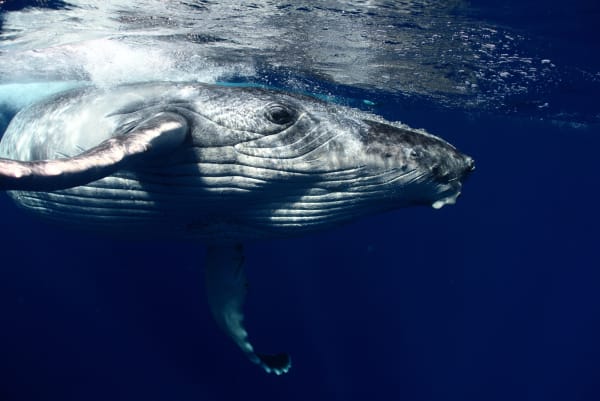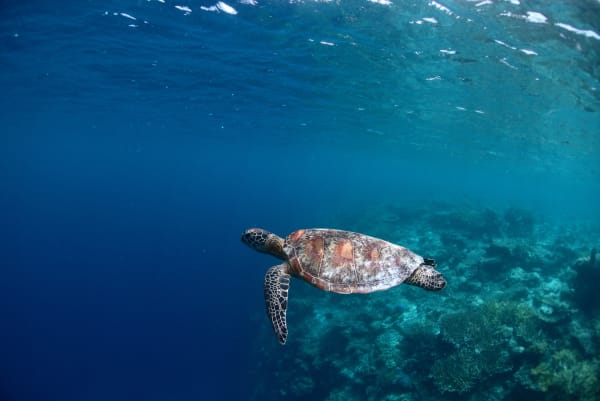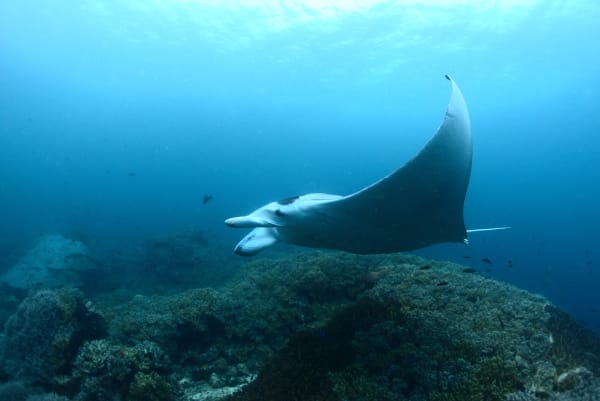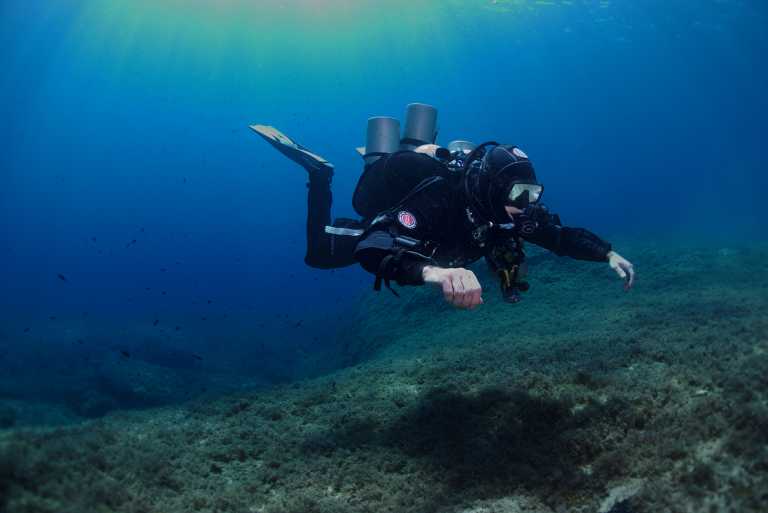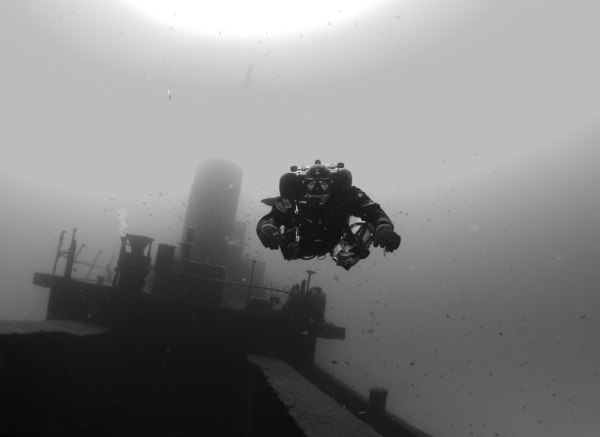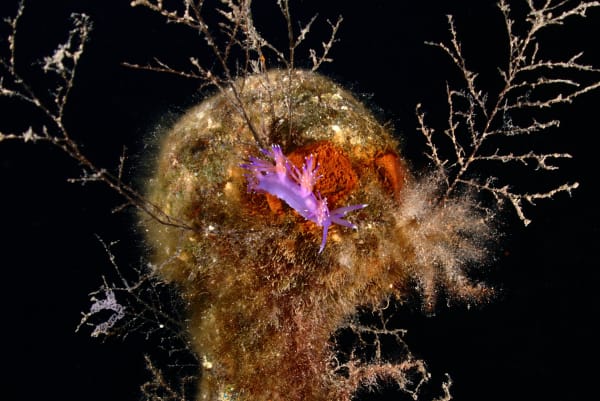I like diving. But I like underwater photography more — diving, for me, is just a way to take photos. This is a bit about Not Awful UW Photography and what goes on behind the scenes to bring you these photos.
Why all the effort of this site? Cause it's fun! Diving — no matter where you live — is a way to experience part of the world we often disregard as inaccessable. And in a way we'd otherwise consider impossible: floating effortlessly. It may take training, hard work, and discipline (and not a little disposable income), but it's worth it.
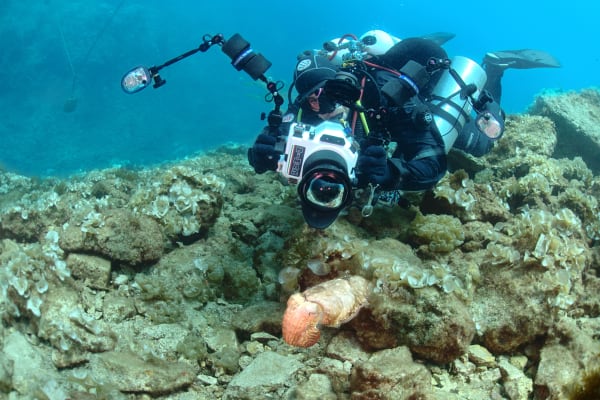
This is where it begins. (Old housing.)
Twin-set for extra-long sessions? Check. Deco stage? Check. Camera with lots of lighting? Check.
Photo courtesy of Jasper Mulder Photography.
equipment
I currently shoot with a Nikon D5300. When shooting macro, I use a 105 mm lens. For wide-angle, a 10–20 mm lens. I consider the Nikon to be a transitional camera toward a more capable camera like the full-frame Sony line.
Before the Nikon, I used a Sony RX100IV. I'd either use a wet wide-angle lens, wet diopter, or wet corrective dome. I really enjoyed this camera: it has an incredibly fast maximum shutter speed that makes macro shooting possible even with larger apertures.
Everybody knows that underwater photos is more about light than camera. For lighting, I use a pair of Sea&Sea YS-01 strobes. I have a set of BigBlue 4000 lumen video lights for video and focus lighting, and a Divepro 9000 lumen for more significant lighting.
I use an Easydive housing, both for macro (flat port) and wide-angle (240mm dome) setups.
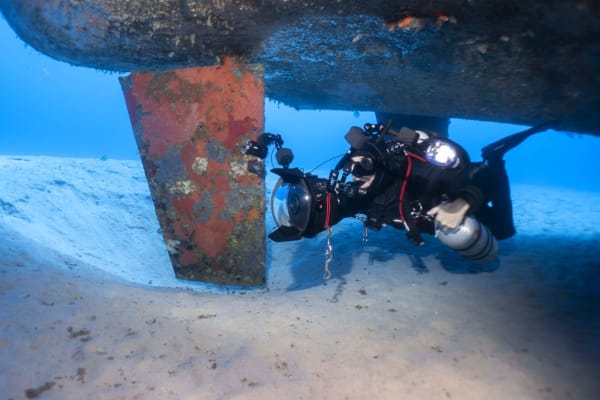
Photo courtesy of Jasper Mulder Photography.
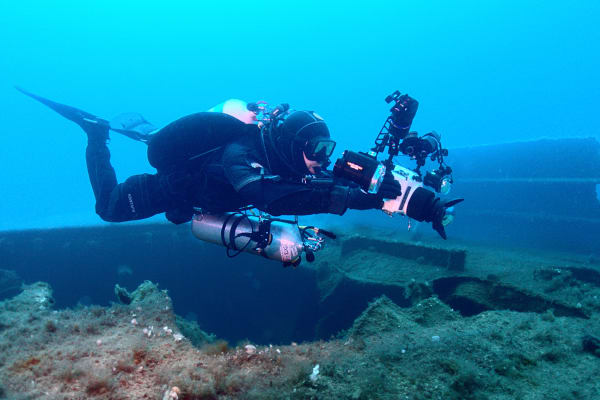
Photo courtesy of Jasper Mulder Photography.
rigging
When free diving, which I do with a lighter rig (one strobe or video light), I clip on my buoy. I'll sometimes drop weight to the sea floor and clip off there. I'll usually weigh the camera to be slightly positively buoyant, so if there's a problem on ascent, I can just let go and be assured the camera will join me on the surface.
For scuba, I dive with multiple video lights and/or strobes, so the camera is much bulkier. There's much more risk of damaging the camera when scuba diving, as along the camera are stages, scooters, and other bricabrac. In general, I'll always have the camera in hand. During deco switches, I'll either hand off the camera to a buddy or let it float in front of me.
I'm exploring a system of carrying multiple cameras by using a positively-buoyant leash on the rear d-ring, but this is still exploratory.
For shore dives, I enter holding the camera. For boat dives, I'll ask somebody to hand me the camera. For giant-stride, I'll either ask somebody to hand it down or hold it overhead when I hit the water.
A shore dive: entering the water with the camera clipped to my top-right d-ring and my stage on the crotch strap or in hand. I then attach the deco stage to my left rings in the usual way, then move the camera to the crotch strap. Then I'll do long-hose checks. I take the camera in hand when it's time to dive.
This configuration always has me connected. I'll usually face the current to avoid camera and deco stage banging together.
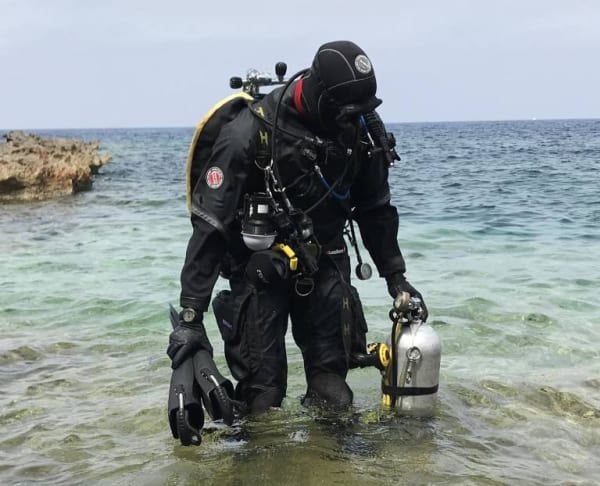
editing
I use 100% open source software. After diving, my workflow starts by getting pictures off the camera. For that I use gphoto. I pull the pictures (RAW+JPEG) directly into a pair of external USB 1 TB drives configured with RAID1.
Once pulled — it can take time — I fire up shotwell, which I use as my photo manager. I'll sometimes use geeqie for a single series of dive photos, but not for looking back over time.
I then edit the raw photos with nufraw and post-process in gimp.
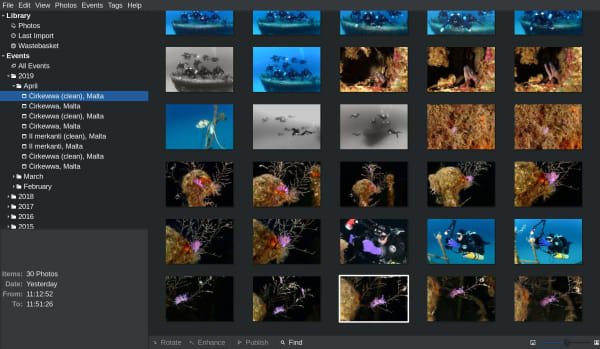
Management in shotwell.
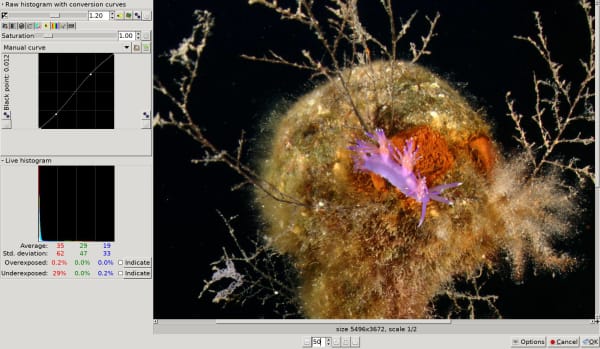
RAW editing in ufraw.
future
A lot of underwater photography is driven by tools. But even with the best tools, it takes a special dive buddy to stand by while fiddling to get just the right exposure on a miniscule nudibranch. Or help moving lights, or acting as a model, etc.
Willing buddy aside, I'd like to start diving with two cameras: one for mid-range and wide-angle, the other specifically for macro. This is because the majority of my dives feature both as subjects. The challenge is one of rigging: managing the cameras in a safe way alongside one or two stages.
In terms of camera techniques, I'd like to start working more with remote lighting, both from video lights and remote strobes.
